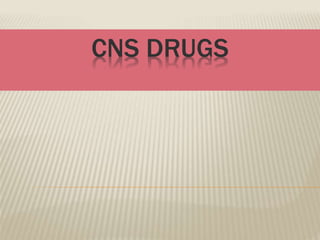This document provides information on sedative-hypnotic-anxiolytic drugs, including benzodiazepines, barbiturates, and alcohols. It discusses the mechanisms of action, effects on sleep cycles, drug classifications and uses. Specific drugs discussed include diazepam, flurazepam, nitrazepam, phenobarbital, and ethanol. Adverse effects, drug interactions, and contraindications are also summarized.









































































































































































































